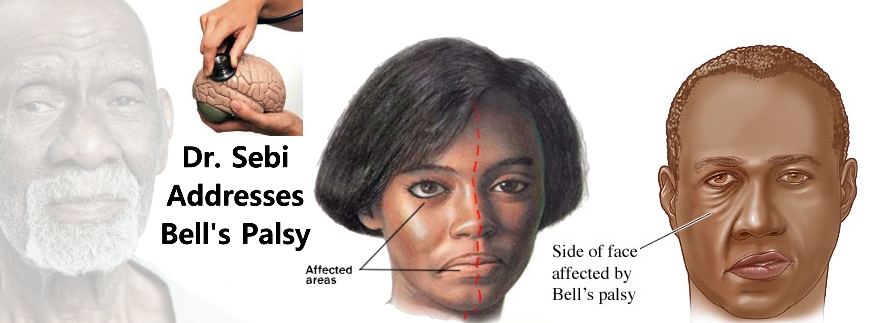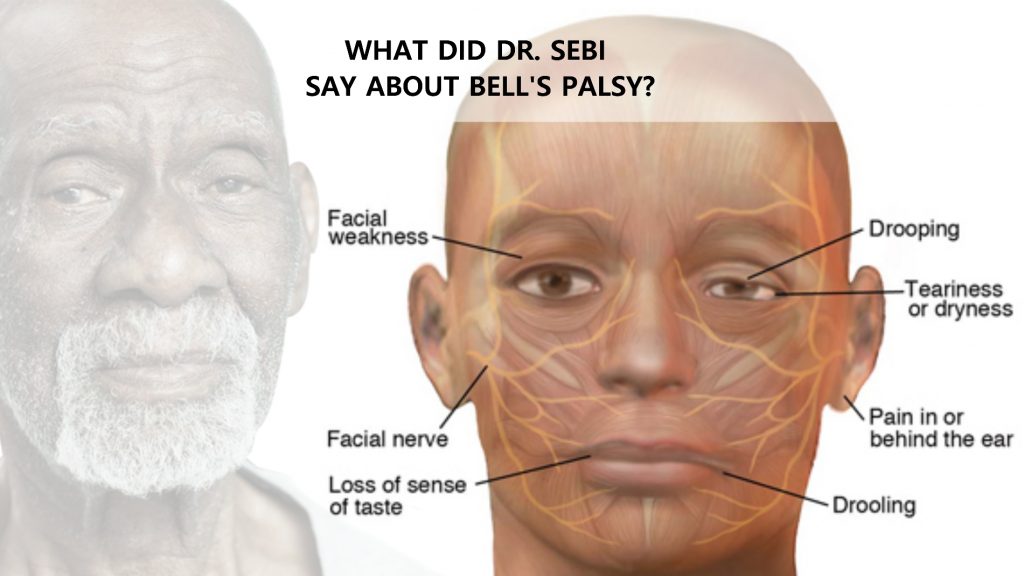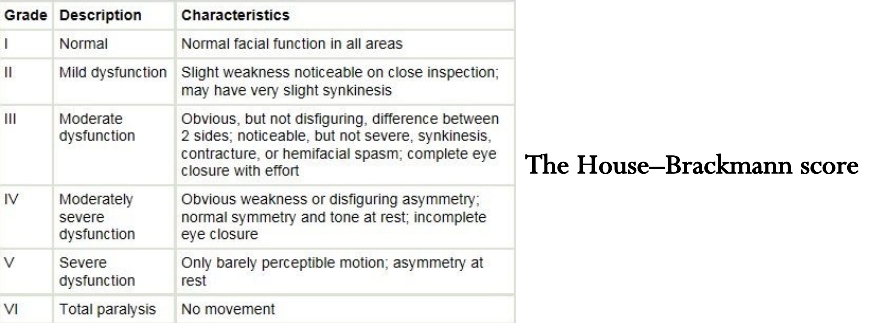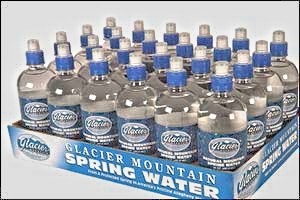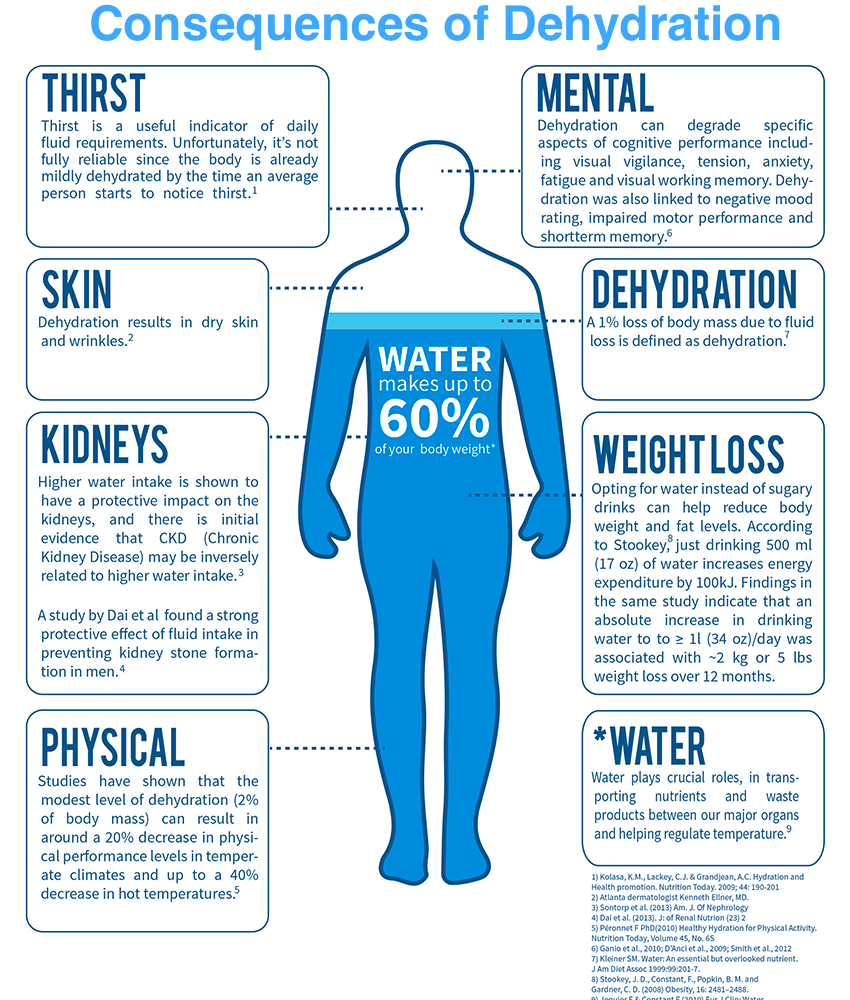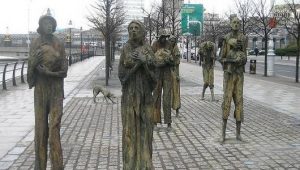We are no stranger to disease as it cripples us by our feet (i.e. gout), grabs our heart, organs and precious colon in order to claim the best of our lives. Illness has never had a boring time with our lives and has never even considered our head and face off limits. Which brings us to the topic of the day; Bell’s Palsy.
When there is a nerve condition hormones tend to contract or retain or they don’t do their work cause they are held back; there’s a nerve condition. You know like, even the muscles contract, the muscle in your face contract when there is nerve problem.
Bellman Palsy is one. Bellman Palsy is caused mainly by emotional reaction and it pulls the muscle on the face to one side. And when the person relax again, the muscle relax.
Interviewer: So the remedy in Bellman’s Palsy is to get into an unstressfull or relaxed state. In your situation would be to take one of these baths?Dr. Sebi: That’s right! It’s not one of these baths, you take baths twice a day.
And then you take also the therapy; the internal therapy – which is what? The pavana, the gordocio negro, the cepress, and yes, my most favorite, the Drago! These are plants that you will never hear in the America standard pharmacopeia. You don’t even hear these herbs in the mouth of herbalists in Honduras or in the United States and for that matter even in Honduras, you go to Honduras and ask people the herbs I use – they don’t even know them. Because they too busy reading herbal books. And they not in the herbal books. And those that are in the herbal books are hybrid.
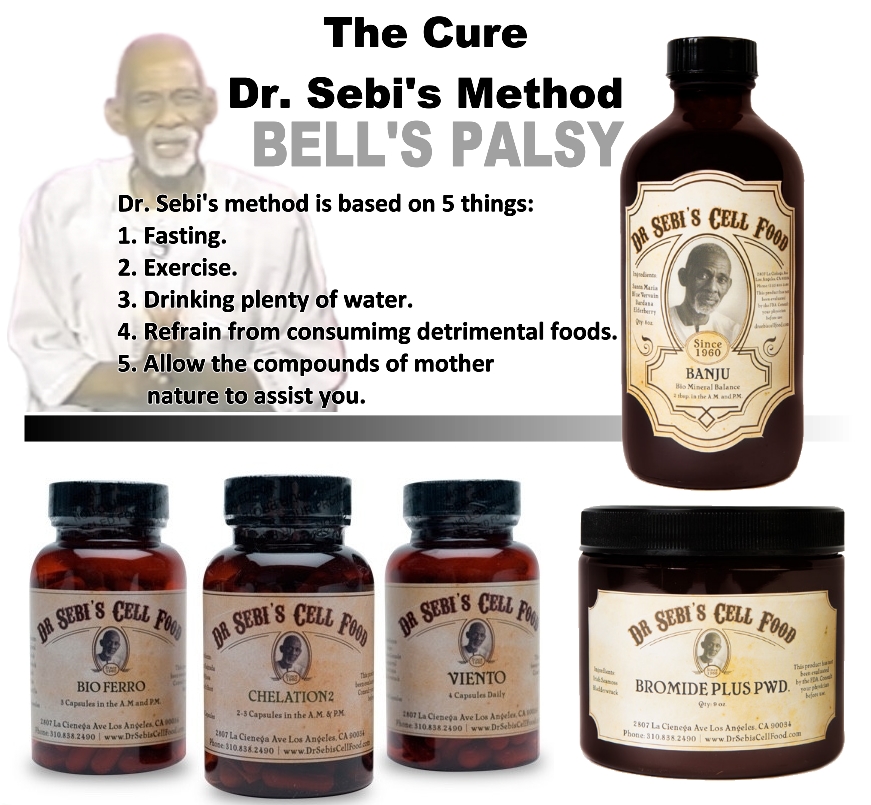
Dr. Sebi will simply remove the mucus and inflammation responsible for compromising the cellular structure and nerves. Banju, Bromide Plus Powder and the small cleansing package is far more complimentary to the body than medical subscriptions for chemicals and surgery. The more Dr. Sebi succeeded in helping people get rid of all sorts of illnesses, the more it confirmed his selection for the use of specific herbs. All natural and non-hybrid plants rich in iron and potassium (Iron fluorine and Potassium phosphate) to combine with other tropical herbs in order to make compounds that our carbon-based mineral-body would be familiar with and therefore ready to assimilate. Disease often surfaces after years of consuming the most detrimental foods that we can find; thanks in part to food industry propaganda. The body can only repel substances that we put in our body for so long before the deprivation of nutrition creates an acid condition. Once we finally get some cell food in our system our health recovery is based on the simultaneous activity of two things:
1. Minerals – The replacement of our minerals that was stripped by the acid state.
2. Healthy Cells – The revitalizing of our cells which will contribute to the repair of damaged skin, nerves and organs.
ABOUT BELL’S PALSY
Bell’s Palsy.- also termed idiopathic facial paralysis (IFP).
Temporary for most people. The disorder or paralysis of the 7th cranial facial nerve (not related to stroke), which produces distortion on one side of the face. It is known to affect (pain & discomfort) only one of the paired facial nerves and one side of the face or head, however, in rare cases, it can affect both sides.
The cause of Bell’s Palsy is not clear. It is noted as an unexplained episode of facial muscle weakness and that damage to the nerve has been caused by inflammation. It most notably follows a systemic viral infection such as the common cold, herpes, varicella-zoster virus, Lyme disease, or the possibility of an autoimmune disease process.
The condition seems to occur more often in pregnant individuals and diabetics. Most instances of true Bell’s palsy last several days to months, but can sometimes result in permanent paralysis. It begins suddenly with a one-sided facial droop and worsens over 48 hours to 72 hours. Bell’s Palsy is chemically treated with a 10-day course of steroids. In some cases antiviral therapy may also be prescribed. For other procedures see VIDEO.
Many health problems can cause weakness or paralysis of the face (e.g. Stroke).
Facial weakness can be caused by strokes in many different locations in the brain and brain stem. Strokes involving the brain typically cause central facial weakness that involves the mouth and spares the eye and forehead. Strokes involving the brain stem can sometimes cause weakness of the mouth, eye and forehead.
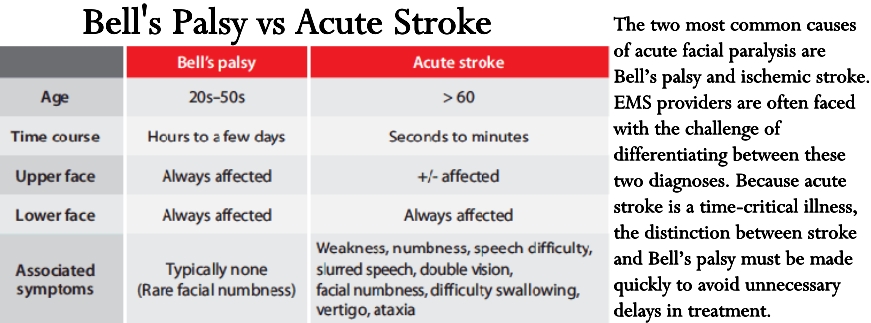
Although both Bell’s palsy and acute stroke cause “acute” facial weakness, ischemic stroke is much more acute in onset, reaching maximum severity within seconds to minutes. Bell’s palsy reaches maximum severity within hours to a few days. Patients often don’t know the exact time of onset, but family members, co-workers, or other witnesses may have more information. It’s crucial to determine the time they were last seen normal when assessing onset, rather than the time they first noticed the deficit.
The House–Brackmann score is a score to grade the degree of nerve damage in a facial nerve palsy. The measurement is determined by measuring the upwards (superior) movement of the mid-portion of the top of the eyebrow, and the outwards (lateral) movement of the angle of the mouth. Each reference point scores 1 point for each 0.25 cm movement, up to a maximum of 1 cm. The scores are then added together, to give a number out of 8. The score predicts recovery in those with Bell’s palsy.
The score carries the name of the Dr John W. House and Dr Derald E. Brackmann, otolaryngologists in Los Angeles, California, who first described the system in 1985. It is one of a number of facial nerve scoring systems, such as Burres-Fisch, Nottingham, Sunnybrook, and Yanagihara. Of these, the Nottingham scale has been identified as possibly being easier and more reproducible. A modification of the original House–Brackmann score, called the “Facial Nerve Grading Scale 2.0” (FNGS2.0) was proposed in 2009. SEE VIDEO
Bell, Sir Charles. – Born at Edinburgh Scotland in November 1774. After he had passed through the usual course of preliminary schooling he embraced the profession of medicine and devoted himself chiefly to the study of anatomy, under the direction of his elder brother, John Bell, the anatomist. While he was still a pupil, he published in Edinburgh in 1798, his first work, entitled “A System of Dissections, explaining the anatomy of the Human Body, the manner of Displaying the parts, and their varieties in disease.” For many years this book was considered an excellent guide for the student in anatomy. In 1802 he published a series of engravings of original drawings showing the anatomy of the brain and nervous system. In 1804 he wrote the 3rd volume of “The Anatomy of the Human Body by John and Charles Bell;” this volume containing the anatomy of the nervous system and of the organs of special sense. Towards the end of the same year he left Edinburgh and settled in London. But before leaving Edinburgh he had written his work on the “Anatomy of Expression.” This book which was published in London shortly after his arrival in that city, attracted a good deal of attention. Seven years later in 1811 he published his “New Idea of the Anatomy of the Brain,” in which he announced the discovery of the different functions of the nerves corresponding with their relation to the different parts of that organ. In his larger work, “The Nervous System of the Human Body,” published in 1830, the results of his long continued and valuable researches in this comparatively new department of anatomy and physiology are set forth in more perfect detail.
Charles Bell’s reputation as a surgeon began in 1807 when he wrote a “System of Comparative Surgery” in which surgery is regarded almost wholly from an anatomical and operative point of view. This book at once placed him in the highest rank of English writers on surgery. In 1812 he was appointed surgeon to the Middlesex Hospital and he retained this post for 24 years. During this period he published a number of treaties and articles on surgical topics but it was not until 1839 or 1840 that he wrote his larger work, entitled “Institutes of Surgery.” In 1830 when William IV ascended the throne Charles Bell was Knighted. In 1836 he gave up his large practice in London and accepted the chair of surgery in the university of Edinburgh. His death occurred on April 28th, 1842. Bell’s paralysis and a number of other neurological eponyms were called after him.
Sir Charles Bell’s remarkable skills as an artist undoubtedly aided him very materially in attaining his great reputation as an anatomist, as a physiologist and as a surgeon; a reputation which appears to have been as great on the continent of Europe as throughout Great Britain and her colonies.
For more Look Here





